How Wide Is a Four-Wheeler?
Take your ATV out to the trails and you’ll find some paths aren’t suitable for four-wheelers. Particularly narrow trails have the potential to pose problems for wide ATVs.
When shopping for a new four-wheeler, expand your scope beyond price and power. Pay close attention to the vehicle’s dimensions as detailed below.
Width by Type of ATV
ATV width and length differ quite significantly by type so shop wisely
Check out the ATV market and you’ll find different types of four-wheelers have distinct dimensions. Four-wheelers differ by the following dimensions:
- Width
- Height
- Seating space
- Wheel size and more
If you plan on venturing to terrain far off the beaten path, be mindful of the vehicle’s width. ATV width matters for both maneuvering trails and transportation purposes.
If you plan on hauling your four-wheeler with a trailer or truck, do some measuring beforehand. Write down the width and length of your trailer or truck bed and compare them to the ATVs on the market.
In general, most ATVs have a width measurement of nearly four feet, equating to 47 inches. The typical ATV has a length of 80 inches to 85 inches. Let’s take a closer look at ATV width by vehicle type.
Large Four-Wheelers
ATVs on the large side usually top out with a width of 48 inches. Most large-size four-wheelers fall in the range of 45 inches to 48 inches. Large ATVs typically measure 85 inches to 95 inches in length.
Standard Four-Wheelers
Standard ATVs, meaning those slightly smaller than large ATVs, typically have a width of 43 inches to 45 inches. The average length for a standard four-wheeler is 70 inches to 85 inches.
Small Four-Wheelers
Small four-wheelers are usually between 40 inches and 43 inches in width. These comparably diminutive off-roaders tend to be 65 inches to 70 inches in length.
Youth Four-Wheelers
If you have a youngster in the family or someone small in size, consider a youth ATV. Youth ATVs tend to be 30 inches to 40 inches in length. These easily maneuverable vehicles typically measure between 50 to 60 inches in length.
Factors Affecting Width
ATV width is determined by more than engine size

Four-wheeler width is determined by a variety of factors. For one, interior space and seating are factors that determine vehicle width. Sufficient space must be available to accommodate the engine and other internal components.
As detailed below, engine size differs by four-wheeler.
Engine Displacement
Some ATV enthusiasts compare and contrast four-wheelers by engine displacement. The engine displacement number is shown in cubic centimeters, or cc for short. The cc of a four-wheeler’s engine is a reference to the engine volume. Sufficient space is necessary to accommodate larger engines with bigger pistons and cylinders.
As an example, the youth ATVs referenced above tend to have comparably small 50cc engines. Sport-style ATVs have significantly larger 1000cc engines.
Though tempting, it isn’t always wise to choose the largest and most powerful engine. Larger four-wheelers with powerful engines are usually wider and more powerful, making them more difficult to maneuver, especially on cramped trails.
Interior Space
If you are a solo rider and don’t need much space, consider a small four-wheeler or a youth ATV. These nifty vehicles have less width, meaning they are lighter and smaller for increased agility and control. StarknightMT has all the four-wheeler accessories you need for the most rewarding rides.
In general, adults who are under six feet in height and 200 pounds in weight find small ATVs suitable. When in doubt, lean toward a four-wheeler with average width that balances seating space with trail maneuverability.
Why Width Matters
Pay close attention to the width of the ATVs and you’ll buy with confidence
Four-wheeler width influences the riding experience. Wider vehicles are better balanced, more stable, and grip the ground below better than those that are narrow. Wider ATVs also have more internal space to accommodate riders and belongings.
Maneuverability
The downside to a wide ATV is that it will be limited to trails of certain sizes. A broad ATV’s ability to grip the terrain below is meaningless if there isn’t enough space to accommodate the vehicle.
After all, the last thing you want is for your wide four-wheeler to be hindered by tree limbs.
The worst-case scenario is protruding branches and other trail greenery impeding your ATV’s off-road adventure. Such hanging barriers tend to be especially problematic when attempting to corner through trail turns. No one wants to cut an expedition short simply because the trails are too constricted to accommodate a four-wheeler.
Width Matters for Work Purposes
ATV width also matters in terms of towing capacity. Wider four-wheelers tend to have larger engines. A large engine allows for greater towing capacity and speed.
As an example, a wide ATV capable of accommodating a 1000cc engine will likely tow upwards of 1,800 pounds. These powerful off-roaders often hit a speed of 95 mph.
However, some off-roaders are looking for fun as opposed to a work vehicle. Those not interested in using ATVs for farming, landscaping, and/or snow removal should consider smaller vehicles.
A narrower ATV with an engine size of 300cc won’t be nearly as powerful. Narrow ATVs with small engines typically tow 500 to 600 pounds. Such small ATVs also have lower top speeds and less seating room. These nifty vehicles are agile, ensuring swift and sharp cornering on trails of nearly every size.
Measure Your ATV Storage Space
Storage is also a key consideration. Take a moment to consider where you will store your four-wheeler.
Do you have a spacious garage?
Perhaps you have an unused carport that could accommodate your ATV.
If your preferred four-wheeler is too wide for your carport or garage, consider a storage unit. Such a storage space accommodates wide ATVs, protecting them from harsh UV rays, dust, rain, and internal damage
Tips & Conclusion
Take your time when shopping, considering all four-wheeler niceties including width
ATV aesthetics, power, and performance are only three pieces of the shopping puzzle. Pay close attention to the four-wheeler’s dimensions and you’ll purchase with confidence. From width to length, height, and engine size, all the measurements matter.
Above all, focus on rideability and utility. A rideable ATV that provides utility is one capable of maneuvering through nearly every trail. After all, enjoyable riding experiences are the entire point of four-wheeling adventures.
FAQs
Q1: Does ATV width differ by engine?
A1: Yes. Most small and narrow ATVs typically have engines with a lower cc. A low cc means less power and a lower top speed. As an example, more width is necessary to accommodate a 1000cc engine.
Q2: What is the advantage of a slimmer ATV?
A2: Choose a narrow ATV and you’ll likely pay less. Slim ATVs tend to be lighter, faster, and more agile. In comparison, wider ATVs sometimes struggle to traverse constricted trails.
Q3: Aside from power and speed, are there other advantages of wide ATVs?
A3: Wide four-wheelers are more spacious. These haulers are roomy, comfy, capable of towing and plowing snow.
Q4: How wide is the average four-wheeler?
A4: The typical four-wheeler has a width of 47 inches and a length of 83 inches. Larger ATVs approach 50 inches in width. Smaller ATVs tend to be slightly more than 40 inches in width.
Q5: Does it make sense to buy a small ATV or youth ATV?
A5: In some cases, yes, it does. Even if you are an adult of normal size, a small ATV might be optimal. Those who prefer traversing trails far off the beaten path often find youth and small ATVs ideal. Such diminutive vehicles fit within tight confines with ease. These nifty ATVs are easy to handle, especially when cornering tight trails.

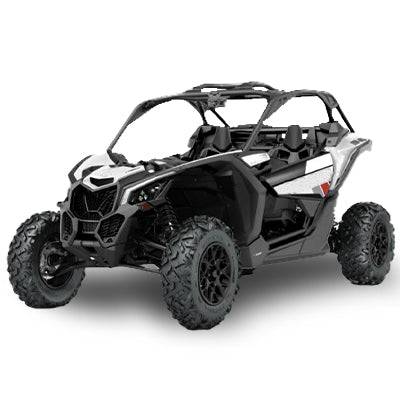
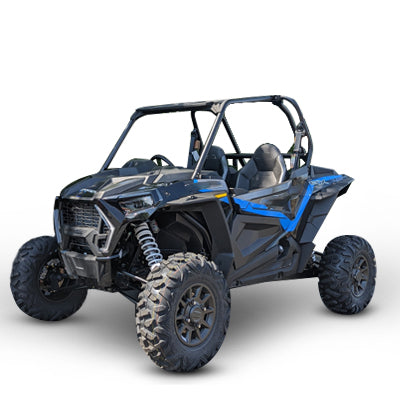
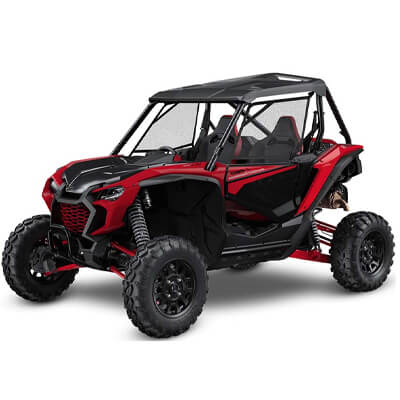
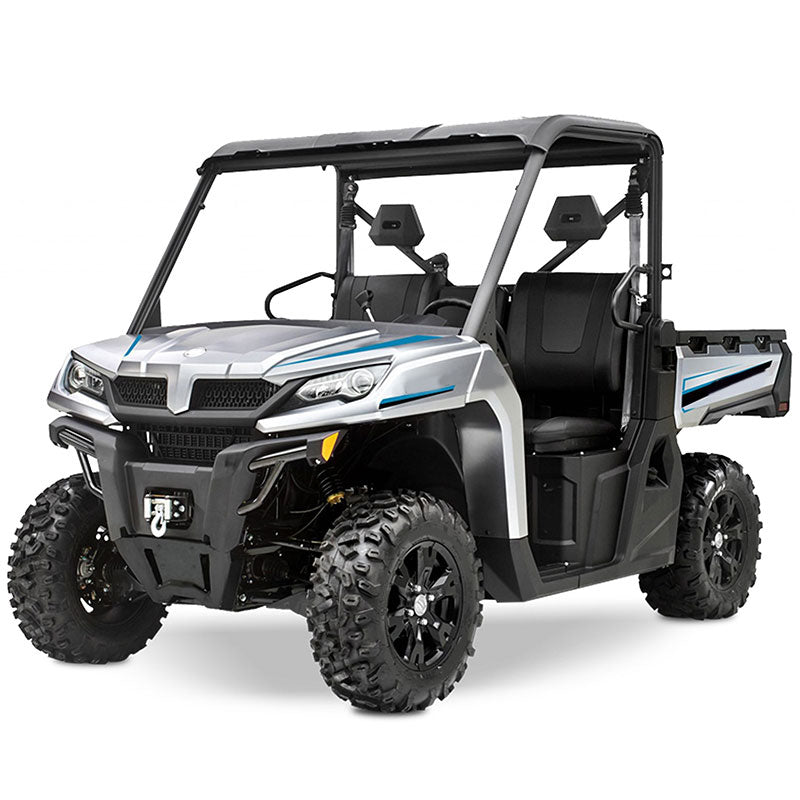
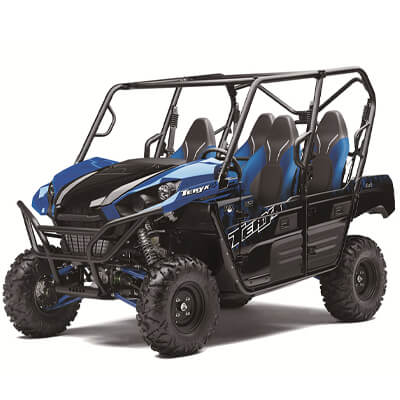
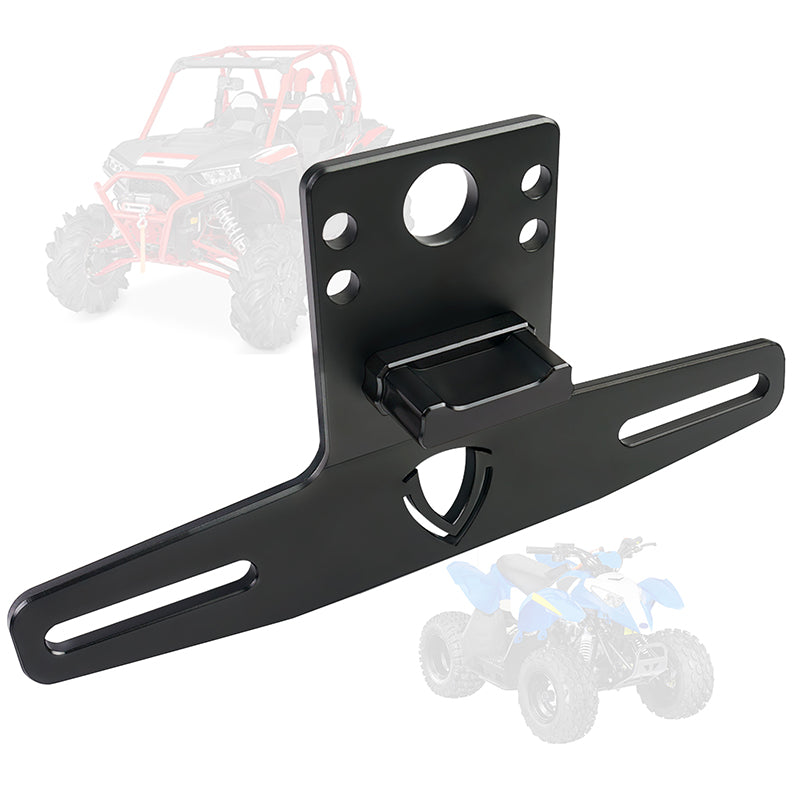
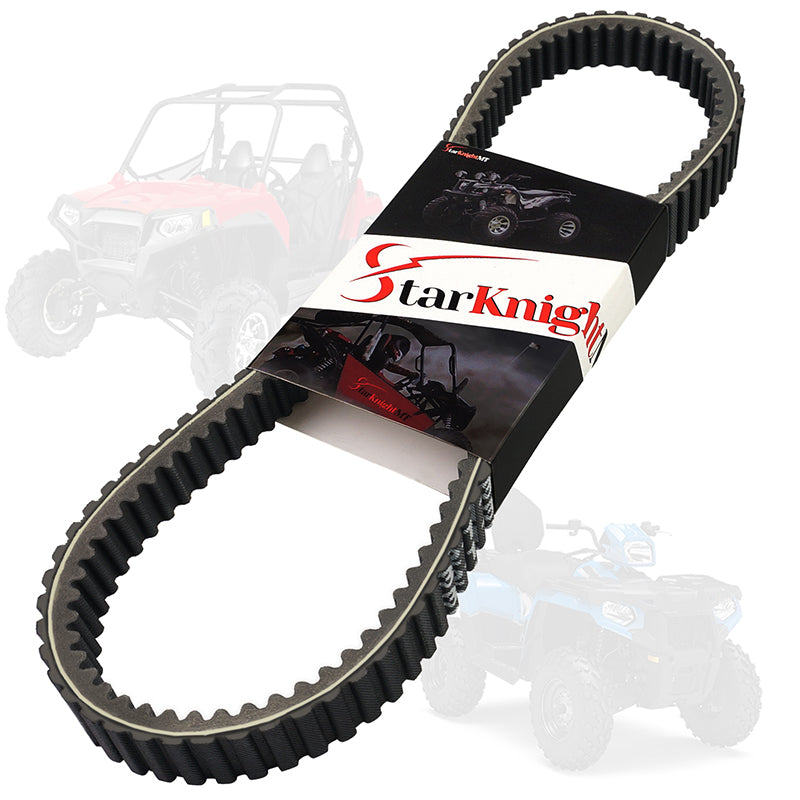



Leave a comment